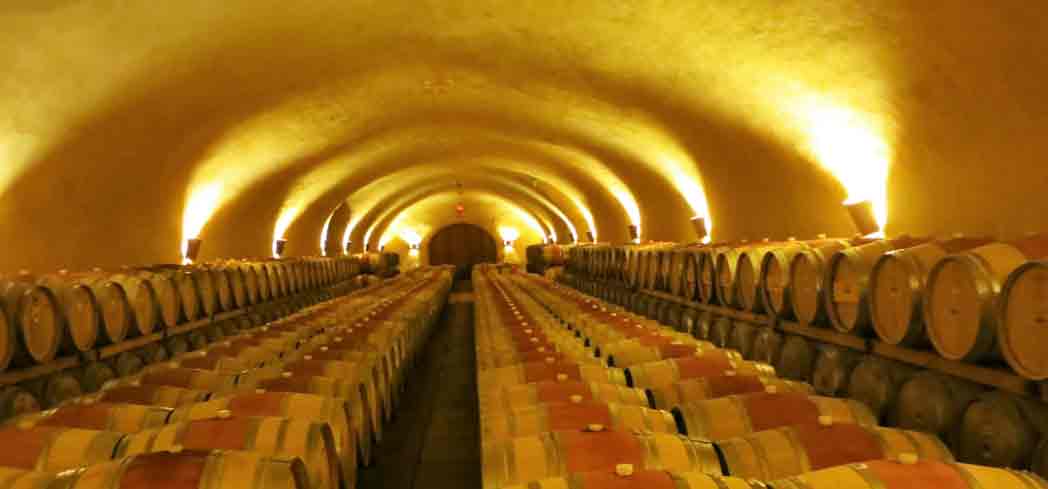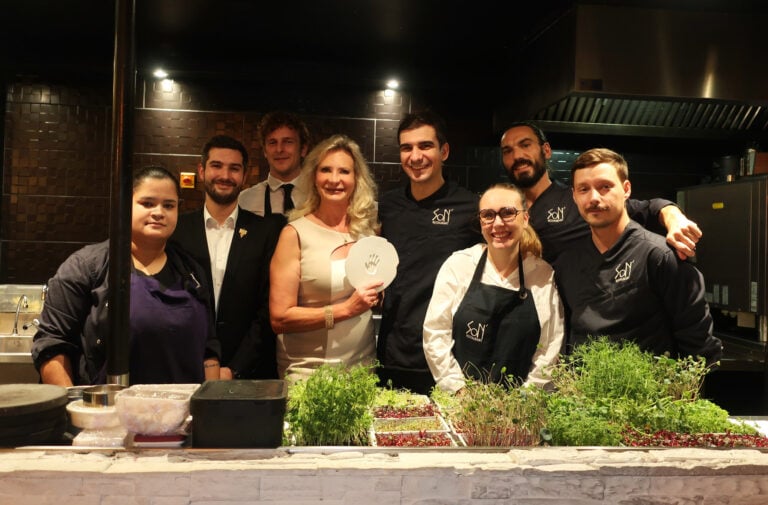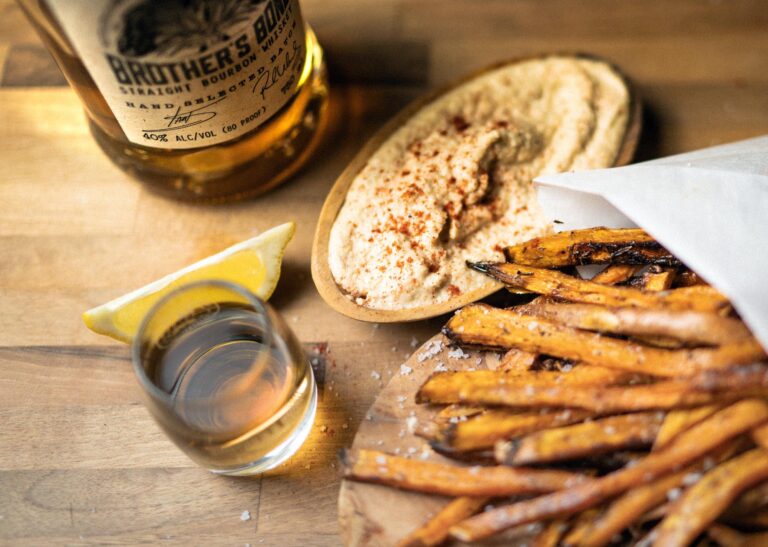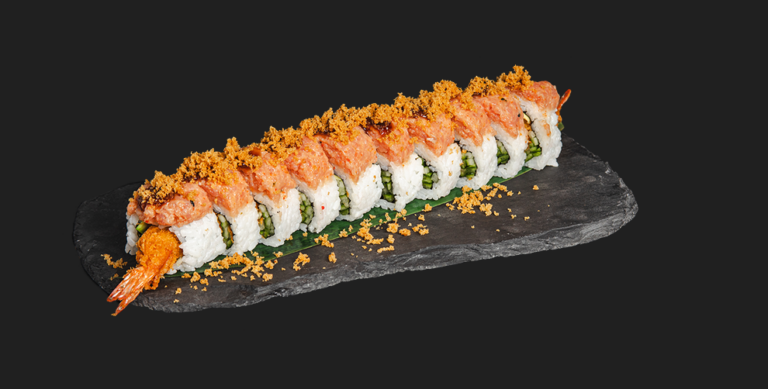Glossary of Wine Terms

CARBON DIOXIDE (CO2) –— Gas produced by fermentation. In still wines, the gas is released; in sparkling wines, it is captured in the bottle to create bubbles.
CARBONIC MACERATION — Method of fermentation for some red wines using whole grapes rather than crushed ones. The result is suppler, lighter, more aromatic wines with less acidity than if made traditionally.
CARBOY — A glass container, generally of five gallon capacity, used infermentation and storage of wines.
CASK — A wooden container, usually made of oak, used for storing, aging and sometimes shipping wines.
CEDAR — Describes the aroma of some reds (e.g. Cabernets, Rhône blends), which often resembles that of cedarwood.
CELLARING — Although this refers to the practice of putting wines away in a cavernous, underground hideaway, in contemporary wine practices, cellaring is merely the act of putting wines away in an evenly-temperatured (preferably cool), dark, still, and somewhat humid spot for proper storage and aging. An average temperature of 55 degrees Fahrenheit is deemed ideal, but any temperature comfortable for a human being is okay for a living wine. The key to temperature is stability: there should not be significant fluctuations. Keeping the wine out of direct and harmful light, and away from unsettling vibrations, is also essential. Wine must be stored horizontally so the cork will remain moist and so that fresh air, which causes oxidation, will be kept out of the bottle. Temperature-controlled storage units are available in every size and shape; a recalibrated refrigerator works nicely. Even an out-of-the-way closet functions well.
CHAPTALIZATION — Procedure of adding sugar to the grape juice before fermentation to increase the alcohol content of wines. Prohibited by law in California and Italy.
CHARACTER — Taster’s term used to describe a wine with distinctive qualities relating to geographical origin, grape variety, etc.
CHEWY — Describes dense, concentrated red wines resulting from a high extract of tannin and flavor content.
CLEAN — Term for wines that have no off-color, aroma or taste.
CLONE — A vine that is asexually reproduced from cuttings or graftings to retain the same character of the parent vine. Many clones can be developed from a single variety, for adaptation to particular climates or soils.
CLOSED — Generally refers to a young wine that is not yet revealing fruit or flavor.
COLD FERMENTATION — Low temperature process of fermentation using stainless steel, temperature-controlled tanks to preserve the aroma and character of the grape.
COMPLEX — Describes a wine that has an interesting combination of flavors and scents.
CONCENTRATED — Describes a wine that is rich and full of extract; deep.
COOKED — An odor similar to baked that signals flawed wine.
COOPERATIVE — A cooperative is a winemaking facility owned by vineyard owners who deliver their grapes to the winery, which is involved in production of wine from the grapes and the subsequent marketing activities.
CORKED; CORKY — Describes a wine that has been flawed by taking on the flavor of the cork. Usually attributed to a cork that is defective or unclean.
CORKSCREWS — The screw’s the thing: it should be a reasonably thin coil that comes to a definite point that can work its way firmly into the cork. Any number of corkscrews will open a bottle adequately, from the almost foolproof, Teflon-coated screwpull model, to the levered butterfly design, whose arms are lowered as the cork rises, to the trusty waiter’s corkscrew with its small knife and single-levered action, to a screw-less variety with two thin prongs that remove a cork intact with a pulling-twisting motion.
CROSS — Similar to a hybrid, a cross is the result of cross-pollination between vines of the same species.
CROWN GALL — Bacterium that attacks the vine at points of trunk injury, preventing nutrients from passing and causing the vine to die.
CRUSH — Harvest; the crushing of the grapes.
CUTTING — Stalk cut from the vine used in reproduction.
CUVÉE — A blend of wines, usually sparkling ones. Most commonly used in North America to identify a specific lot of wine. From the French cuve, the tank in which wines are fermented.





